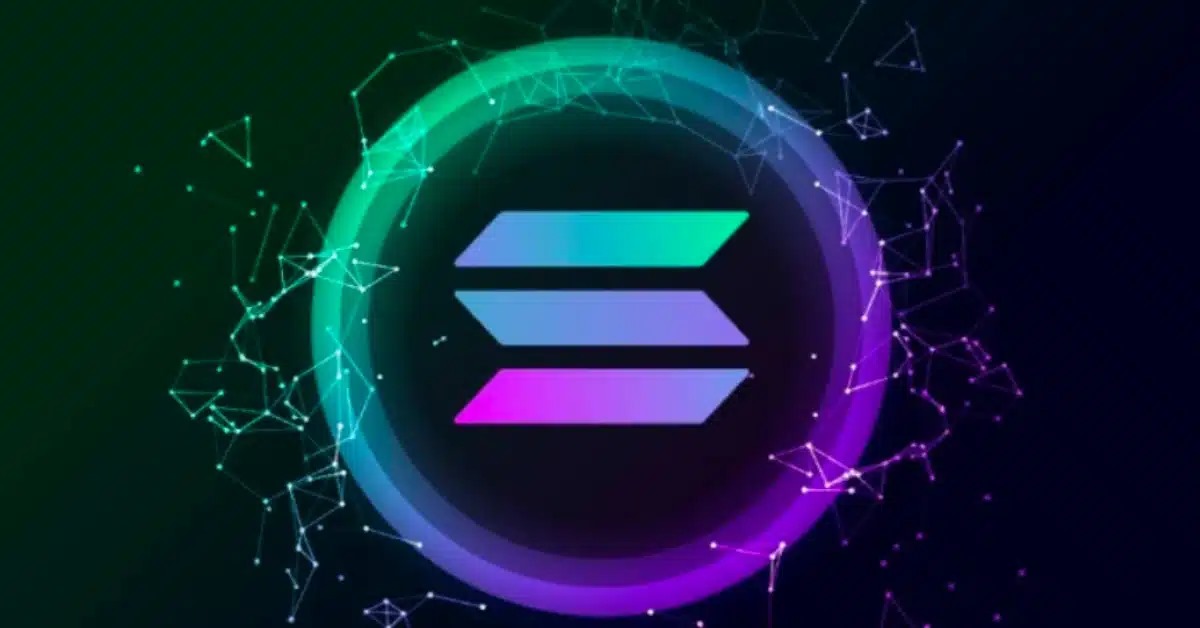A new proposal for the Ethereum blockchain, known as EIP-7781, has been introduced.
It suggests reducing the time between new blocks being proposed on the Ethereum network from 12 seconds to 8 seconds. This time interval is called “slot time”.
By making this slot time shorter, the Ethereum network could process more blocks in less time, which would improve overall efficiency.
The proposal is part of Ethereum’s ongoing efforts to make the network faster and more scalable.
If it is adopted, it could have a big impact on the network, especially for users of Layer-2 (L2) scaling solutions, which help Ethereum process more transactions without becoming overloaded.
What the proposal aims to do?
EIP-7781 was put forward by Ben Adams, who is a co-founder of Illyriad Games, on 5 October. The main goal of this proposal is to lower the latency—or delay—on Ethereum’s network.
Adams explained that reducing slot time would allow Ethereum to process more transactions, especially for L2 rollups, which rely on Ethereum to function. He claims that it could boost transaction throughput by about 33%.
Layer 2 rollups are tools that help Ethereum scale by grouping many transactions into one, and then processing them together on the main Ethereum network. By reducing slot time, the network could handle these rollups more efficiently.
What makes this proposal different is that it doesn’t involve increasing the amount of gas—fees paid to process transactions—or the size of data that can be processed in each block.
Instead, it focuses on making the process faster, without putting more strain on the network’s resources. Adams mentioned that the goal is to “boost throughput without raising the strain on resources.”
Because the size of each block would stay the same, there wouldn’t be a need for more bandwidth—the amount of data the network can handle at once—so it wouldn’t overwhelm the system.
Effect on validators and smart contracts
One major concern with the proposal is how it would affect Ethereum’s validators. Validators are the computers that check and approve transactions on the network.
Currently, about 99.87% of validators manage to keep up with Ethereum’s current block production time. But reducing the slot time could make it harder for validators to keep up, especially smaller validators with limited bandwidth.
A researcher from the Ethereum Foundation, Justin Drake, has shown his support for the proposal. He noted that the main limitation would be the amount of bandwidth available to validators.
As more validators join the network, there is already some pressure on resources, and faster block production could increase this strain. If it becomes too difficult for some validators, they may decide to stop participating in the network altogether.
Another area that could be affected is Ethereum’s smart contracts. Many of these contracts, which are programs that run on Ethereum, are designed to operate based on the current 12-second slot time.
Some contracts, especially those used for yield farming (where users earn rewards for providing liquidity), might need to be adjusted to work with the faster block production time.
Broader impact on Ethereum and L2 solutions
One of the key reasons for introducing EIP-7781 is the growing use of Layer 2 solutions on Ethereum.
L2 chains, like Arbitrum, Optimism, and Base, are used to help Ethereum scale. These solutions allow Ethereum to handle more transactions by moving some of the processing off the main network and onto separate chains.
While Layer 2 solutions have not yet reached the full capacity of Ethereum, there are signs that congestion—where too many transactions compete for space in blocks—could become a problem in the future.
By speeding up the time it takes to produce new blocks, Ethereum could ease this congestion and help L2 chains run more smoothly.
Blob space, which is used by L2 solutions to store data, is still available, with most blocks only using around half of the available blob capacity. However, activity on these chains has been growing slowly, and more capacity could be needed in the future.
A faster Ethereum network could also help lower gas fees. Gas fees are the costs users pay to process transactions on Ethereum, and they have been a source of frustration for many.
Lower gas fees would make the network more accessible, especially during periods of high activity, like airdrops.
However, one potential downside of faster block production is the effect on Ethereum’s inflation rate. When more blocks are produced, more $ETH tokens are created, which could lead to inflation.
Currently, Ethereum’s inflation rate has increased slightly to 0.48%, and more tokens could add selling pressure on the market.
Despite these challenges, Ethereum remains the largest decentralised finance (DeFi) network.
Its ability to handle transactions quickly and efficiently is crucial, and this proposal could play a key role in its continued development.
Following the release of EIP-7781, Ethereum’s price remained steady, trading around $2,453.30.


